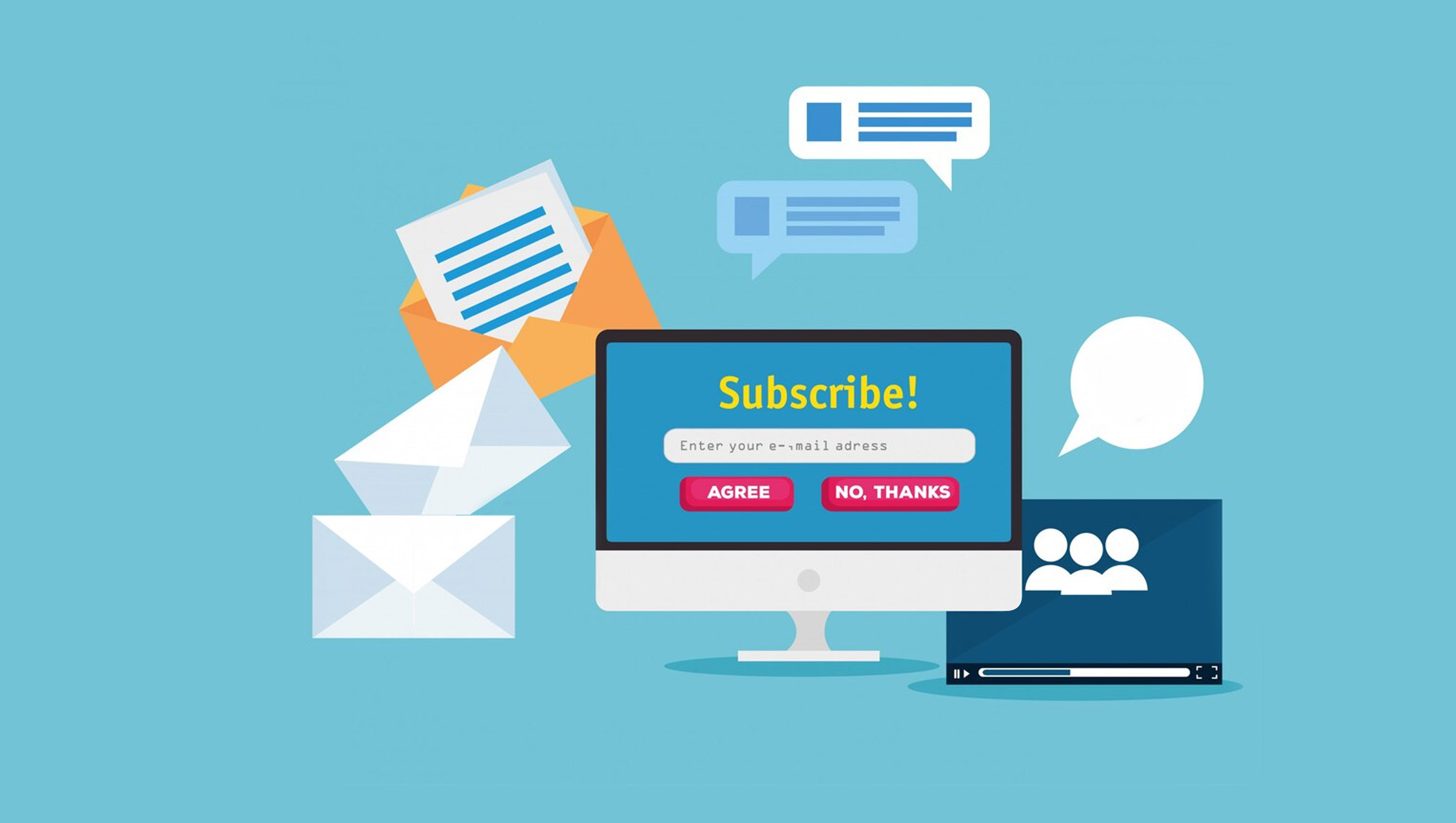**The primary author of this staff article is Vaishnavi Vaidya
_________
In the dynamic realm of marketing, the demand for personalized, considerate, and effective strategies to engage potential customers continues to grow. Consent-based marketing emerges as a pivotal practice, emphasizing the acquisition of explicit written consent from consumers prior to outreach efforts. By adopting this approach, only genuinely interested prospects are welcomed into the marketing funnel, fostering a mutually beneficial scenario for both brands and customers.
This approach to marketing offers the added advantage of ensuring that prospects meet predefined criteria before initiating contact. Through marketing partnerships, brands only pay for prospects who align with their criteria, providing a significant edge over alternative marketing channels. Clear and conspicuous consent is essential, reflecting brands’ respect for consumers and their commitment to seeking consent before engagement.
The implementation of the GDPR has introduced protocols for organizations handling personal information, establishing new definitions for terms like personal data, consent, and accountability. Since 2018, any website receiving EU visitors and processing personal data must comply with GDPR regulations, leading to the widespread adoption of cookie banners. From a user perspective, the GDPR enhances transparency regarding data usage, empowering individuals to make informed decisions about sharing their data and lodging data privacy complaints.
This marketing approach enables brands to connect with consumers on three key themes:
- Relevance: Marketing messages are tailored to reflect consumers’ expressed interests.
- Personalization: Messages resonate with individual consumers or actions they’ve taken.
- Anticipation: Consumers eagerly anticipate hearing from the brand, fostering a positive relationship dynamic.
Consent-based marketing is a marketing approach that revolves around obtaining explicit permission from individuals before collecting their data and sending them marketing messages. This means putting control in the hands of your audience, allowing them to choose what information they share and how it’s used.
Here’s why consent-based marketing is important in today’s world:
For consumers:
- Privacy and Transparency: Consent-based marketing gives individuals control over their personal data and ensures they know exactly what they’re agreeing to. This fosters trust and empowers them to make informed decisions about their interactions with brands.
- Relevance and Personalization: By granting specific consent, individuals receive marketing messages tailored to their interests and preferences, leading to a more relevant and enjoyable experience.
- Reduced Unsolicited Communication: No more spam! Consent-based marketing helps eliminate unwanted marketing messages, improving the overall customer experience.
For businesses:
- Compliance: With data privacy regulations constantly evolving, consent-based marketing helps businesses stay compliant and avoid legal risks associated with data misuse.
- Higher Engagement and Conversion Rates: People are more receptive to messages they’ve opted into, leading to higher engagement and conversion rates for marketing campaigns.
- Trust and Brand Loyalty: Demonstrating respect for privacy builds trust and fosters positive brand perception, leading to stronger customer relationships and increased loyalty.
- Better Data Quality: Opt-in data is cleaner and more accurate, allowing for more effective targeting and personalization in marketing efforts.
Consent-based marketing isn’t just about following regulations; it’s about building genuine connections with your audience. By respecting their choices and offering value in return for their permission, you unlock a more sustainable and ethical approach to marketing that benefits both consumers and businesses in the long run.
Here are some additional points to consider:
- Consent should be easy to understand, manage, and revoke.
- Regularly re-evaluate your consent mechanisms to ensure they remain transparent and user-friendly.
- Focus on providing personalized value in exchange for consent, not just collecting data.
- Consent-based marketing requires a shift in mindset, but the benefits in terms of trust, compliance, and effectiveness make it a worthwhile investment.
Marketing Technology News: MarTech Interview with Brand Metric’s Robby Kraai
How does consent-based marketing work?
1. Capture consent from interested consumers:
The process commences when a consumer expresses interest. When users provide their information in response to a marketer’s offer, they initiate a conversation, marking the first touchpoint of a broader dialogue.
2. Document consent for legal compliance:
Various regulations govern contacting consumers with marketing messages. However, with documented prior express written consent, marketers can reach out to consumers via both online and offline channels while adhering to legal requirements.
3. Qualify and enhance lead data:
After obtaining opt-in lead information with documented consent, marketers can leverage the data submitted by consumers to identify potential prospects. This involves assessing whether there’s an existing relationship or communication with the customer.
4. Filter and reject lead data:
Some leads received may be fraudulent, uncontactable, duplicates, or simply unqualified. Implementing a system to filter out such leads in real time is crucial. Many cost-per-lead marketing partners won’t charge marketers for leads that are rejected in real-time.
With the implementation of appropriate processes and technologies, consent-based marketing emerges as the most effective channel for efficiently and securely acquiring customers who genuinely desire contact from your brand.
How do you combine privacy and personalization with consent-based marketing?
Combining privacy with personalization in consent-based marketing requires a strategic approach that prioritizes transparency, control, and value exchange. Here are some significant steps to consider:
Be clear and transparent.
- Inform users exactly what data you collect and how it will be used. This includes specific details about personalization efforts.
- Explain your data security measures and ensure they are robust.
- Offer granular control over consent options. Allow users to choose which channels they consent to, what type of information they share, and the level of personalization they prefer.
Empower user control:
- Make it easy for users to access, update, or withdraw their consent at any time. This could be through a dedicated preference center or clear opt-out links in every communication.
- Respect user preferences. Don’t send personalized messages to users who haven’t opted in or have requested limited personalization.
- Avoid sneaky tactics like pre-checked consent boxes. Always obtain explicit and informed consent.
Focus on value exchange:
- Personalization should enhance the user experience, not intrude on privacy. Offer relevant recommendations, product suggestions, or content based on their interests and needs.
- Demonstrate the value of personalized experiences. Show users how their data is used to benefit them, for example, by saving them time or recommending products they’ll genuinely enjoy.
- Don’t bombard users with irrelevant messages. Stick to a reasonable frequency and tailor your communication based on actual user behavior and preferences.
Additional Tips:
- Segment your audience based on consent levels. Treat users who opted for advanced personalization differently than those who prefer minimal information sharing.
- Invest in privacy-enhancing technologies (PETs) like anonymization or differential privacy to protect user data while still enabling useful insights.
- Regularly review and update your consent practices. Stay informed about evolving regulations and best practices to ensure ongoing user trust and compliance.
- Be open and honest about any limitations. If certain personalization options are unavailable due to user consent choices, communicate that clearly and respectfully.
By following these principles, you can successfully combine privacy and personalization with consent-based marketing. Remember, it’s all about building trust and demonstrating respect for your users’ choices. When done right, consent-based marketing can lead to stronger relationships, more engaged audiences, and ultimately, increased marketing effectiveness in a privacy-conscious world.
Based on a 2021 survey conducted by Cisco:
- A significant 79% of consumers prioritize data privacy when making purchasing decisions.
- Nearly half, or 47%, of consumers have opted to switch companies due to concerns over data policies or sharing practices.
- Additionally, 19% of consumers have opted to sever ties with retailers, e-commerce platforms, or online businesses based on their data policies or sharing practices.
Marketing Technology News: How Does Your Business Stack Up Against the Competition?
Conclusion:
These findings back-then underlined the critical importance of obtaining consent in a compliant manner: consent renders data valuable and usable for retargeting and user acquisition, ultimately facilitating the delivery of more personalized content to the user.
Consent-based marketing is not just about checking boxes. It’s about building trust and creating genuine connections with your audience. By prioritizing transparency, control, and value exchange, you can unlock a powerful marketing approach that respects privacy while delivering personalized experiences that resonate.











